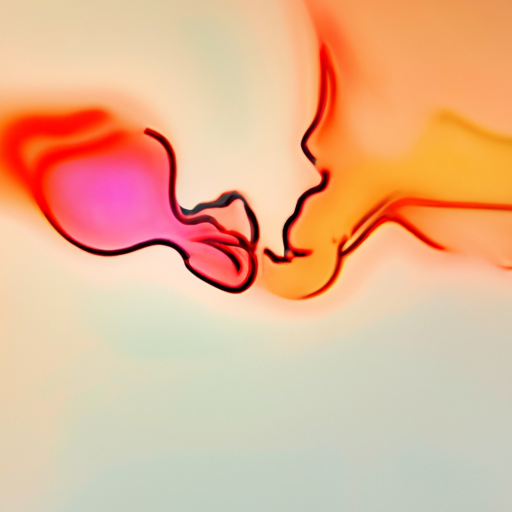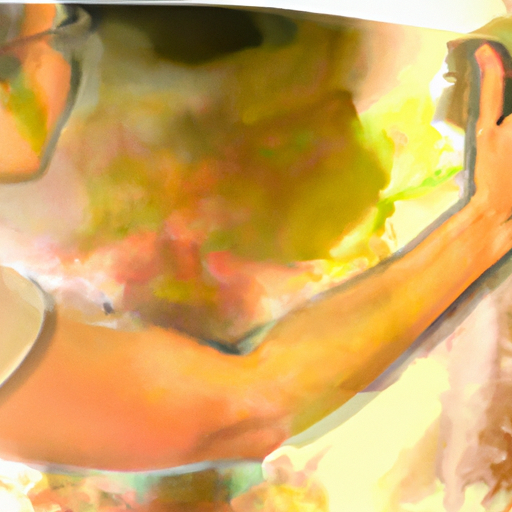
-
Table of Contents
- Watercolor Wonders: Translating Fine Art to Graphics
- The Allure of Watercolor
- The Rise of Watercolor in Graphic Design
- The Challenges of Translating Watercolor to Graphics
- Color Reproduction
- Texture and Brushstrokes
- The Benefits of Watercolor in Graphic Design
- Emotional Connection
- Stand Out from the Crowd
- Versatility and Adaptability
- Case Studies: Successful Watercolor Graphic Designs
- 1. Starbucks’ “You Are Here” Collection
- 2. Rifle Paper Co.
- 3. Airbnb’s “Belong Anywhere” Campaign
- Conclusion
Watercolor Wonders: Translating Fine Art to Graphics

Watercolor painting has long been admired for its delicate and ethereal qualities. The medium’s ability to capture light, texture, and emotion has made it a favorite among artists and art enthusiasts alike. In recent years, there has been a growing trend of translating watercolor techniques into the world of graphic design. This article explores the reasons behind this trend, the challenges faced by designers, and the benefits of incorporating watercolor elements into graphic design.
The Allure of Watercolor
Watercolor painting has a rich history that dates back centuries. Its origins can be traced to ancient civilizations such as Egypt and China, where artists used pigments mixed with water to create vibrant and translucent paintings. Over time, watercolor techniques evolved and spread across different cultures, resulting in a wide range of styles and approaches.
One of the main reasons why watercolor has remained popular throughout history is its unique ability to capture the essence of a subject. Unlike other mediums, watercolor allows artists to create soft and flowing washes of color that can evoke a sense of tranquility and emotion. The unpredictable nature of watercolor also adds an element of surprise and spontaneity to the creative process, making each painting a unique and one-of-a-kind masterpiece.
The Rise of Watercolor in Graphic Design
In recent years, there has been a noticeable shift in the world of graphic design towards more organic and handcrafted aesthetics. This shift can be attributed to several factors, including a desire for authenticity and a reaction against the sterile and uniform designs that dominated the digital landscape for many years.
Watercolor, with its organic and imperfect qualities, has become a popular choice for designers looking to add a touch of warmth and personality to their work. By incorporating watercolor elements into their designs, designers can create a sense of depth and texture that is often lacking in purely digital creations.
Furthermore, watercolor can evoke a sense of nostalgia and nostalgia is a powerful emotion that can help establish a connection between a brand and its audience. By using watercolor in their designs, companies can tap into this emotional response and create a more memorable and engaging brand experience.
The Challenges of Translating Watercolor to Graphics
While the allure of watercolor in graphic design is undeniable, there are several challenges that designers must overcome when incorporating watercolor elements into their work.
Color Reproduction
One of the main challenges is reproducing the vibrant and translucent colors of watercolor in a digital format. Unlike traditional watercolor paintings, which can be created using a wide range of pigments and techniques, digital designs are limited by the color gamut of the chosen output device.
To overcome this challenge, designers often rely on color management techniques and carefully choose a color palette that closely resembles the desired watercolor effect. They may also experiment with different blending modes and layering techniques to create the illusion of transparency and depth.
Texture and Brushstrokes
Another challenge is recreating the texture and brushstrokes that are characteristic of watercolor paintings. The tactile quality of watercolor is difficult to replicate digitally, and designers must rely on various techniques to mimic the look and feel of real brushstrokes.
Some designers use custom brushes and textures to add depth and texture to their designs, while others incorporate scanned or photographed textures into their work. By carefully selecting and manipulating these textures, designers can create a more authentic and organic look.
The Benefits of Watercolor in Graphic Design
Despite the challenges, incorporating watercolor elements into graphic design offers several benefits that make it a worthwhile endeavor.
Emotional Connection
Watercolor has a unique ability to evoke emotions and create a sense of connection with the viewer. By using watercolor in their designs, designers can tap into this emotional response and create a more engaging and memorable brand experience.
For example, a company that wants to convey a sense of tranquility and relaxation may choose to use watercolor elements in their branding and marketing materials. The soft and flowing washes of color can help create a calming and soothing atmosphere that resonates with the target audience.
Stand Out from the Crowd
In a world saturated with digital designs, incorporating watercolor elements can help a brand stand out from the crowd. The organic and imperfect qualities of watercolor can add a touch of uniqueness and personality to a design, making it more memorable and visually appealing.
By embracing watercolor, designers can create designs that feel more human and relatable, which can help establish a stronger connection with the audience.
Versatility and Adaptability
Watercolor is a versatile medium that can be adapted to various design styles and applications. Whether it’s a logo, a website, or a packaging design, watercolor elements can be incorporated seamlessly into different contexts.
Watercolor can be used to create a wide range of effects, from soft and dreamy illustrations to bold and vibrant patterns. This versatility allows designers to explore different creative possibilities and tailor their designs to suit the specific needs and goals of a project.
Case Studies: Successful Watercolor Graphic Designs
To illustrate the effectiveness of watercolor in graphic design, let’s take a look at some successful case studies:
1. Starbucks’ “You Are Here” Collection
In 2013, Starbucks launched the “You Are Here” collection, a series of mugs and merchandise featuring watercolor-inspired illustrations of iconic landmarks from different cities around the world. The watercolor elements added a touch of whimsy and charm to the designs, making them highly collectible and appealing to Starbucks’ global customer base.
2. Rifle Paper Co.
Rifle Paper Co. is a stationery and lifestyle brand known for its beautiful watercolor illustrations. The brand’s signature style, characterized by vibrant colors and intricate details, has helped it stand out in a crowded market and attract a loyal following of customers who appreciate the artistry and craftsmanship behind each design.
3. Airbnb’s “Belong Anywhere” Campaign
In 2014, Airbnb launched its “Belong Anywhere” campaign, which aimed to highlight the unique and personal experiences that travelers can have when staying in an Airbnb property. The campaign featured watercolor illustrations of different destinations, capturing the essence and spirit of each place. The watercolor elements added a sense of warmth and authenticity to the campaign, helping to establish an emotional connection with the audience.
Conclusion
Watercolor has a timeless appeal that transcends mediums and disciplines. By incorporating watercolor elements into graphic design, designers can create designs that are more engaging, memorable, and emotionally resonant. While there are challenges to overcome, the benefits of using watercolor in graphic design make it a worthwhile endeavor. Whether it’s evoking
